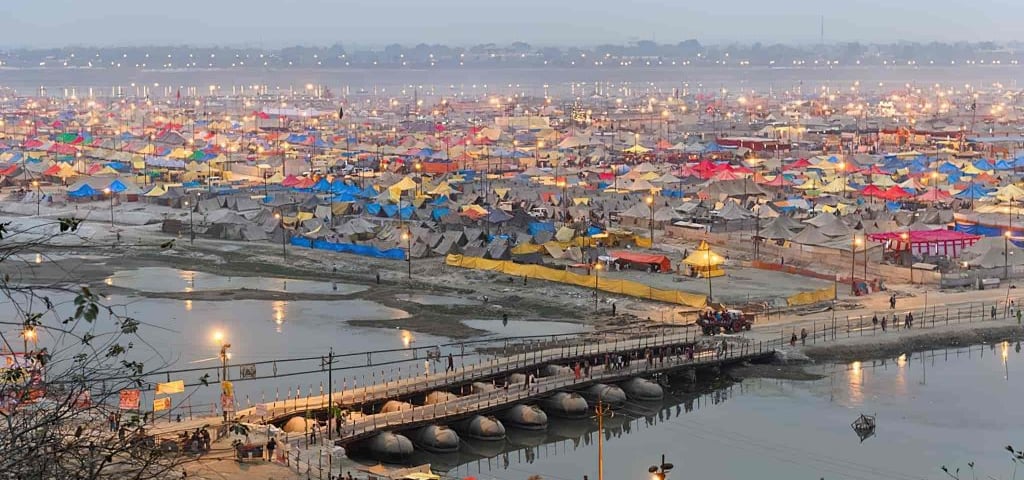Stories of Faith and Pilgrimage at Mahakumbh


The Mahakumbh Mela, held every 12 years, is a living testament to the enduring power of faith and devotion. It is the largest gathering of humanity on Earth, with millions of pilgrims converging at the Triveni Sangam in Prayagraj, where the Ganga, Yamuna, and mythical Saraswati rivers meet. For these pilgrims, Mahakumbh is more than just a religious event—it is a spiritual journey that embodies their deepest beliefs and aspirations.
Faith Rooted in Historical
The Mahakumbh Mela draws its significance from Hindu Historical, particularly the tale of the Samudra Manthan (churning of the ocean) and the fight between gods and demons over the nectar of immortality, or amrit. According to legend, drops of this nectar fell at four locations—Prayagraj, Haridwar, Ujjain, and Nashik—making these sites sacred. Bathing in the rivers at these locations, especially during Mahakumbh, is believed to cleanse one’s sins and grant liberation from the cycle of life and death.
This mythological underpinning fuels the unwavering faith of millions who travel from far and wide, enduring physical hardships, to participate in the ritualistic bathing. For them, the Mahakumbh is an opportunity to connect with the divine, a culmination of a lifetime of spiritual yearning.
Stories of Pilgrimage
Every Mahakumbh is enriched by countless personal stories of faith and perseverance. From elderly individuals traveling barefoot for days to reach the Sangam, to families coming together for generational rituals, each story reflects the transformative power of belief. Many pilgrims narrate miraculous experiences—recovering from illness, finding inner peace, or gaining spiritual clarity—after participating in the holy dip.
One popular story involves the Naga Sadhus, ascetic warriors who live in seclusion and emerge only during Kumbh Melas. Their dramatic processions, adorned with ashes and carrying tridents, captivate devotees. The sadhus are believed to embody spiritual energy, and meeting them is considered a blessing.
For many first-time visitors, the sight of millions of people united by a singular purpose leaves a profound impact. The chants, rituals, and shared moments of devotion create a sense of unity that transcends individual beliefs, making the pilgrimage an unforgettable spiritual journey.
Faith Beyond Borders
Interestingly, the Mahakumbh is not limited to Indian devotees. It attracts seekers from around the world—spiritual tourists, researchers, and curious travelers drawn to its mysticism and scale. Many international visitors find themselves moved by the stories of faith they encounter, from the pilgrim who walks hundreds of kilometers to the devotee offering prayers at dawn.
Faith in Action
The Mahakumbh also inspires acts of charity and community service. Devotees distribute food, provide medical aid, and engage in selfless service as a way of expressing their faith. Such acts of kindness and generosity add a humanitarian dimension to the spiritual gathering, demonstrating that faith can manifest not just in prayer but also in action.
In conclusion, the stories of faith and pilgrimage at Mahakumbh are as vast and varied as the people who attend. They showcase the resilience of human spirit, the depth of belief, and the profound connection between the individual and the divine. These narratives form the heart of Mahakumbh, making it a timeless celebration of faith and devotion.
Contact Us
Address
237A Rasulabad Ghat road Teliarganj Uttar Pradesh 211004
Contacts
+919236056654
mahakumbhdarshnam@gmail.com
